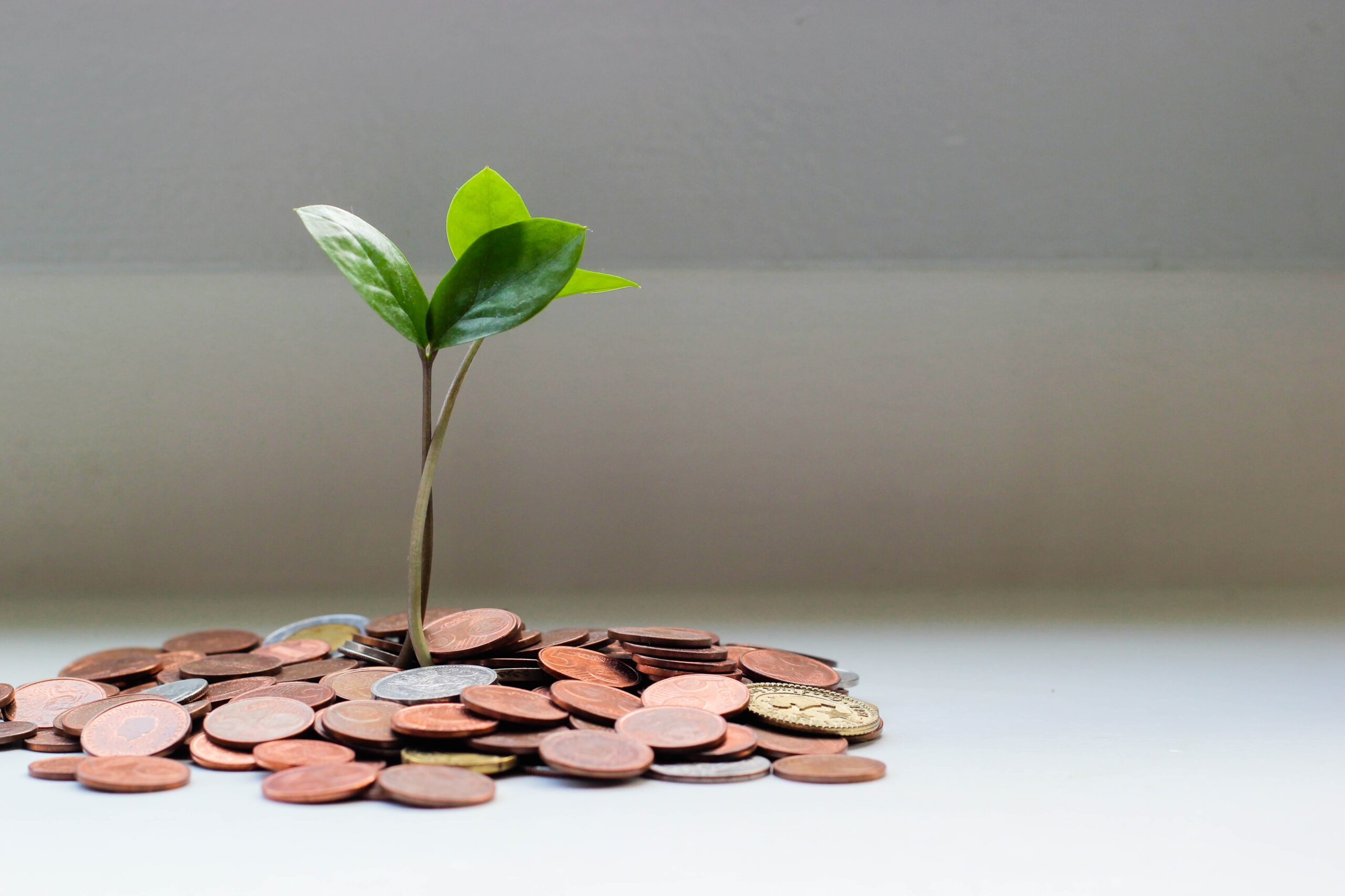
The Austrian(TA): What is the global currency plot, and who benefits most from the success of this effort?
Thorsten Polleit (TP): The global currency plot denotes a rather inconvenient truth: the existence of states (as we know them today) sets into motion a dynamic process toward creating a single world fiat money controlled by a world central bank, and most likely a central world government. The beneficiaries will be the very few—the “elite”—in charge of running the state and those few privileged by the state, such as big business, big banking, Big Pharma, and Big Tech. However, the great majority of the people will suffer a very great disadvantage. In fact, a single world fiat currency would most likely entail tyranny.
TA: The first half of the book is largely focused on economic theory and method. Why is economics so important to understanding the global fiat currency threat?
TP: I would argue that thinking about the method of economic science is actually the most important part of all of this. You know, economics is not an empirical science but must be conceptualized as a science of the logic of human action—or “praxeology,” as Ludwig von Mises called it. The logic of human action allows us to understand that there are regularities in human reality to which we must adapt our actions to succeed. It also makes us understand what will happen if— under certain conditions—actions that are contrary to the logic of human action are taken. For instance, we can know in advance (without having to resort to any kind of testing) that a state—defined as a coercive territorial monopoly—will (other things being equal) continue to expand no matter what; that it will seek control of money, replacing commodity money with its own fiat currency; and that states will form a cartel and strive to eventually establish a world government with its own world fiat currency. The logic of human action reveals these dynamics that many people are most likely unaware of.
TA: What role do central banks such as the Federal Reserve play?
TP: It may be hard to swallow, but central banks were not created for the greater good but to support the state and special interest groups. After World War II, the US became the dominant economic and military power in the world, and the Federal Reserve (the Fed), founded in 1913, became the world’s most powerful central bank, issuing the US dollar, the world’s leading reserve currency. It is fair to say that the Fed does indeed call the shots in the international financial and economic system. The Fed acts as the unofficial world central bank. Central banks play a crucial role in making a fiat currency system possible, and if they form a cartel, they can basically create a single world fiat currency.
TA: The dollar has played a central role in the global economy for decades. Does the dollar’s global hegemony help or hinder efforts to create a single global currency?
TP: The dominance of the US dollar is certainly helping to push the world toward a single fiat currency. Just imagine a major crisis that will eventually hit us. When the worldwide fiat currency regime starts to unravel, the US dollar will likely be the last man standing. In such a situation, it is also very likely that many countries will try to peg their currency to the US dollar (i.e., effectively adopt the US dollar as base money). It may not sound realistic right now, but imagine a scenario in which the United States and China join forces and endorse exchange rate fixing through the International Monetary Fund’s special drawing rights, later declaring the exchange rates irrevocably fixed. The world would be closer to a single world fiat currency than ever.
TA: What would it look like if the dollar were replaced by some sort of new international currency?
TP: Most recently, the BRICS countries (Brazil, Russia, India, China, and South Africa) have openly challenged the hegemony of the US dollar and considered introducing their own currency. What could it look like? It could be a basket consisting of various national fiat currencies or a new gold-backed unit of account. I believe the only challenge to the dominance of the US dollar might come from a gold-backed BRICS money. But even then, the US could also link the US dollar to the Federal Reserve’s theoretical gold holdings (which are actually owned by the Treasury). As you can see, dethroning the US dollar will not be easy under the current conditions. Whatever comes from states pursuing their own monetary interests, we should not get our hopes up that the states will provide sound money to the people. If states monopolize money production, they will use it predominantly to serve their own needs.
TA: You note that the world needs free market money, and you say it could be anything the market accepts—from gold to cryptocurrencies. Why is market-based money better?
TP: There are only two ways human beings can interact: voluntarily or coerced/violently. Voluntary cooperation is economically and ethically acceptable; coercion and violence are not. The free market is voluntary. In a free market in money, people are free to choose the type of money that best suits their needs and people are free to offer a good people may want to use as money. The outcome will be sound money—simply because no one (in their right mind) will demand bad money. For instance, people could decide to use gold as a base money and implement digital gold payment systems. If people want prosperity and freedom, nationally and internationally, they must abandon fiat monies, end the government’s control of money, and embrace a free market in money. The alternative is tyrannical government money, with the unpleasant prospect of eventually ending up with a tyrannical fiat world currency. I hope my book will inform and stimulate discussion on these extremely important issues.






